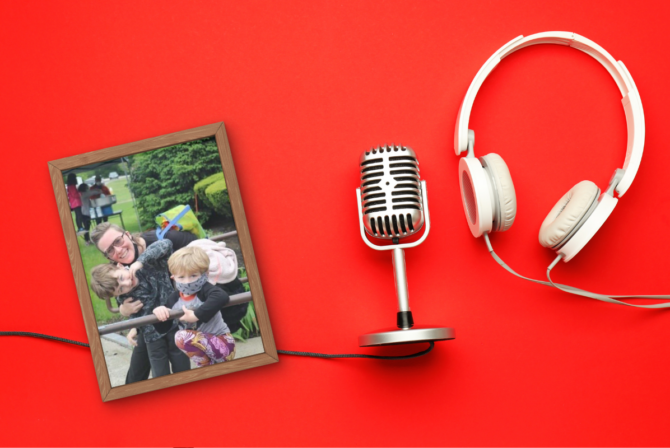I just finished pumping at my previous job around New Year’s, when my baby was about 9 months old, although I took my handpump on occasional jaunts after that, including, memorably, to the D.C. Women’s March. I still nurse before and after work, but when I was done, I was so done with those little yellow-capped bottles, those aggravating plastic parts that needed washing and sorting and boiling (ha! I stopped doing that one after a week).
Now, I still remember the daily routine with a mixture of pride and horror, especially the moments when I sat, chained to my whirring pump, as I overheard colleagues shooting the breeze mere inches away. They were oblivious to what was happening behind that curtain, while I was painfully aware.
Pumping has many meanings today: It’s an amazing innovation, a producer of anxiety (“Did I pump enough?” “Why am I not pumping enough?”), a source of discomfort, and a miraculous lifesaver.
It’s also something a cult that has turned the product (breast milk) into a substitute for the process (bonding and feeding time).
A recent book, Courtney Jung’s “Lactivism,” pushed back against the holy fetishization of the pump, as Jessica Machado noted in her excellent essay for Elle last winter.
“Though old-school lactivists, like La Leche League, believed mother-baby intimacy was the primary benefit of breastfeeding, our culture has grown obsessed with the components in breast milk itself. Its magical makeup is not only overstated, Jung says (research has shown breast milk offers “modest protection” over several types of infection, but is inconclusive or mixed about its potential to combat allergies or affect behavior and intelligence), but also a platform for corporate and government interests that have made breastfeeding and pumping into default practices in this country.”
“If Americans were guaranteed longer than 12 weeks of leave––let alone paid leave––we wouldn’t lead the world in pump use,” notes Machado. Not to sound like a broken record, but longer maternity leaves and more flex time would allow moms to feed their babies however they want, without having to do laps back and forth to the lactation room and freak out about supply dropping.
Still, as long as pumping is the norm, it really could be less annoying—which inspired an MIT hackathon. “There’s demand for better gadgets, ones that make women feel a little less bovine and a little more like the having-it-all queens that popular culture has told them they can be,” wrote Elissa Strauss last spring.
This week, WIRED profiles a few more amazing pumps hitting the market. A few of these include the wearable Willow:
“Willow doesn’t look like a breast pump. The wireless sphere slips inside a nursing bra, and pumps into plastic bags rather than bottles. The whole thing snaps into three parts you can pop into the dishwasher. And because the milk flows into a bag, you can transfer it into whatever bottle you want, or freeze for long-term storage. Kelman plans to release the Willow later this year with a price in the $350 range.”
There’s also the ultra-trendy Naya:
“Their design, the Naya Smart Pump, uses water-based suction, which they claim is gentler and more effective than air-based suction. “It uses the movement of a small amount of water to create suction on the breast tissue, which allows us to create a more comfortable experience,” Alvarez says. The device weighs three pounds, making it a breeze to tote around, and uses an app to track production and offer personalized guidance. The breast shield—the part that goes over the nipple—is silicon, not plastic, to reduce chafing and irritation. Alvarez says the Naya feels more like a baby than a machine.”
All of these innovations sound amazing, and one hopes that they will be affordable and accessible–and that the new technology will change the lives of pumpers and babies, too.
But “hacking” pumping won’t effect many of America’s working women who have less economic privilege and less ability to get away from work to pump, feed, or bond with their babies— especially if Trumpcare eliminates all the Obama-era requirements that insurance pay for pumps and that employers provide lactation rooms.
Honestly, there’s no technological substitute for fair laws, understanding bosses and colleagues, easily accessible lactation spaces, and the ability of new moms to work from home, take long leave, or work part-time in the first year.







